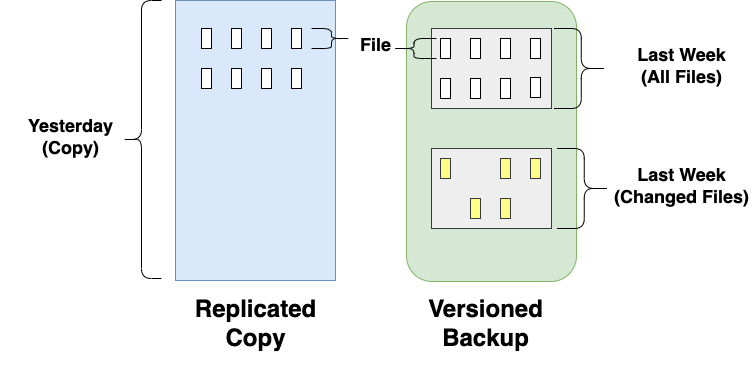White Papers
Overview

Businesses are accumulating more data than ever in more places than before. Data exists on servers, endpoints, mobile devices, email, cloud storage, and online services. Any of these locations can experience data loss:
- Ransomware: Malware and ransomware is a growing threat.
- Accident: Human error happens every day.
- Hardware Failure: Computers are not designed to live forever.
- Loss: Computers and other devices get misplaced.
- Theft: Laptops and mobile phones are so small they can be easily stolen.
- Disaster: Natural disasters cause billions of dollars of damages ever year.
A data protection strategy for ensuring critical data is not lost needs to account for where the data resides, where it can be protected, and how can it be used if the original data is lost.
Aside from where the data is protected, the most important consideration is the format: a backup of the data or a replicated copy of the data. Retrospect for Windows refers to replication as "Duplicate" while Retrospect for Mac uses the term "Copy", but both are replication policies.

With the threat of ransomware growing more each year for every size of business, it’s crucial to understand how backups, in particular immutable backups, can protect you over replication.